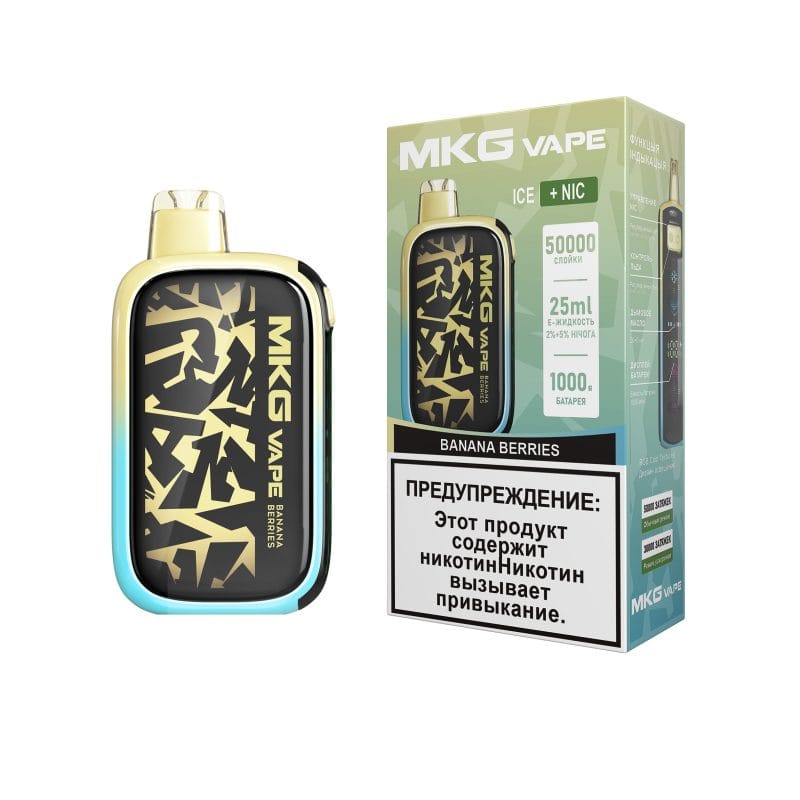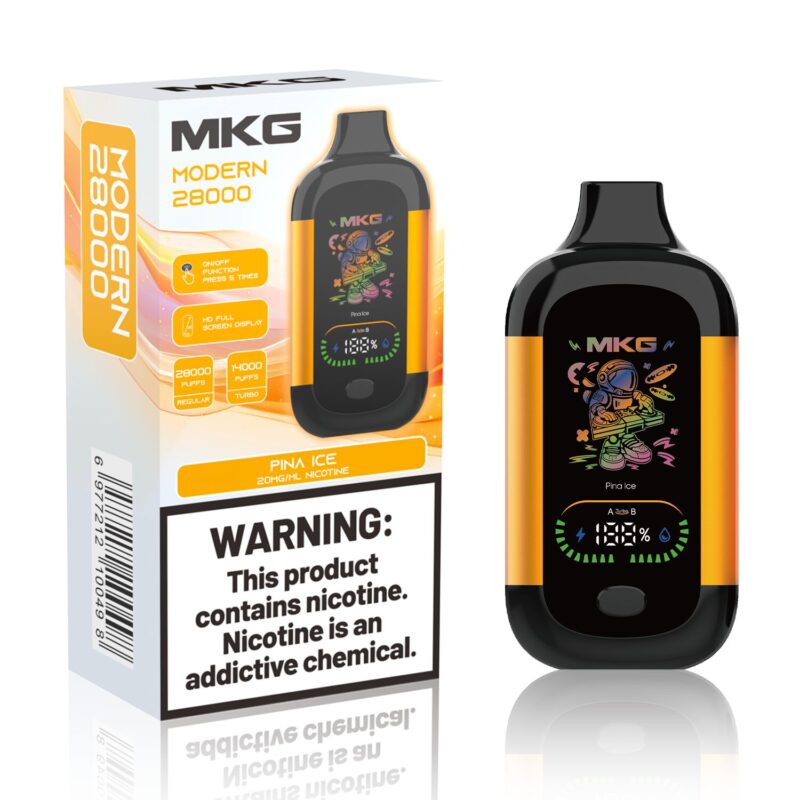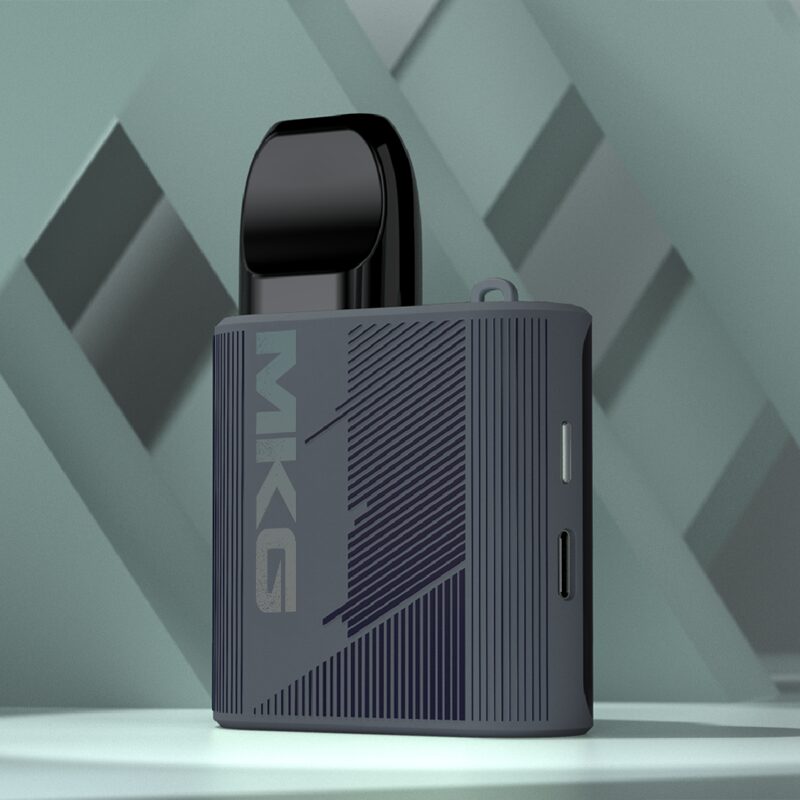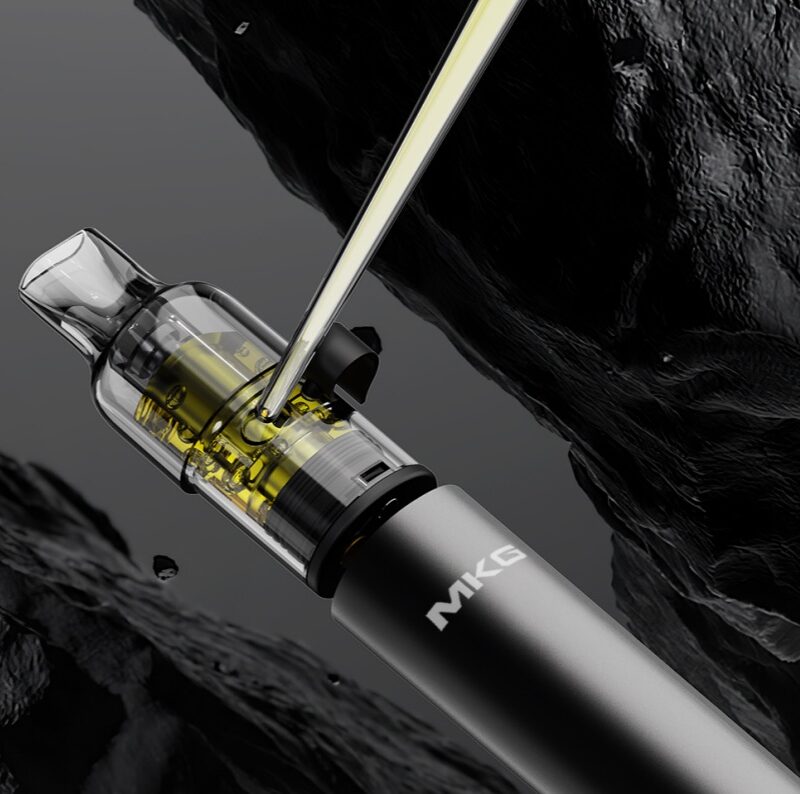Euromonitor International, headquartered in London, England, is a well-known market research company with researchers and data analysts located around the world. Euromonitor International has always provided important reference information for many industries. Rafael Moreau is a consultant at Euromonitor International and analyzes the latest developments in the global tobacco market.
Morrow recently accepted an interview with Tobacco Asia and analyzed the development trends of combustible tobacco products and new tobacco products.
“Asia Tobacco”: In recent years, sales of combustible tobacco products have been declining globally, with varying degrees of decline in various markets. Meanwhile, sales of new tobacco products are growing in many places. Please introduce the current situation of combustible tobacco products in the global market.
Morrow: In 2022, cigarette sales in developed markets will see a very significant decline. Cigarette sales in Western Europe fell the most in a decade, and in North America cigarette sales fell the most on record. The proportion of consumers who smoke daily has continued to decline since last year. In contrast, cigarette sales increased in the Asia-Pacific region. In the five years from 2017 to 2022, global cigarette sales fell by about 3%. Among the world’s major cigarette markets, Japan’s cigarette sales experienced the largest decline, reaching 39%. This was largely the result of increased sales of heated cigarette products.
“Asia Tobacco”: Although the sales volume of combustible tobacco products has declined, compared with new tobacco products, combustible tobacco products still maintain a fairly high market share.
Morrow: From a global perspective, although the sales of combustible tobacco products are gradually declining, they still occupy the largest market share of the tobacco market, and this is true in all markets. In 2022, global cigarette sales will account for more than 82% of the total sales of all tobacco products, a decrease from 88% in 2017. The development of new tobacco products is highly uncertain and may be affected by sudden changes in factors such as market regulation, technological developments and consumer preferences.
Compared with new tobacco products, the development trends of combustible tobacco products are generally more predictable. For example, in terms of market supervision, the development trend of combustible tobacco products is predictable, that is, they will gradually face more restrictions. I believe that in most markets, the main reason for the decline in cigarette sales is not consumers switching to new tobacco products, but the greater impact of regulatory policies, excise tax increases and other socioeconomic factors.
“Tobacco Asia”: Some people believe that new tobacco products are substitutes for combustible tobacco products, and most users of new tobacco products have switched from consumers of combustible tobacco products. Do you think so? Or is it that most users of new tobacco products do not use combustible tobacco products at the beginning, but are new users attracted by new tobacco products?
Morrow: I think new tobacco products will, in large part, appeal to smokers who would otherwise continue to consume combustible tobacco products, as we’ve seen in Japan. In Japan, the increasing market share of heated cigarettes has led to a significant decline in cigarette sales, a situation that has also been seen in other developed markets including New Zealand.
“Asia Tobacco”: New tobacco products mainly include three major categories, namely e-cigarettes, heated cigarettes and nicotine pouches. How are these categories developing in the global tobacco market?
Morrow: Since last year, many e-cigarettes, heated cigarettes and nicotine pouch products have appeared on the market. Among them, the market performance of disposable e-cigarettes is impressive. In 2022, global sales of disposable e-cigarette products increased by 91% year-on-year. Consumers are attracted to these products because of their affordability, ease of use, and variety of flavors.
Heated cigarettes have the highest sales among new tobacco products. In 2022, global sales of heated cigarettes will be approximately US$32 billion, and sales of e-cigarette products will be approximately US$19 billion. Heated cigarette sales achieved double-digit growth last year, with strong performance in markets such as Western Europe, the Middle East and Africa. In the United States, the world’s most important tobacco market, e-cigarette products are affected by issues such as marketing authorization, and disposable e-cigarettes have caused great controversy.
Let’s talk about nicotine bag products. In 2022, global nicotine bag sales increased by 51% year-on-year. Sales of nicotine bags in the US market accounted for approximately 85% of global nicotine bag sales. Currently, this product category is working hard to expand into markets outside the United States.
“Asia Tobacco”: Some government departments seem to be planning to introduce measures to strengthen control over disposable e-cigarettes.
Morrow: Disposable e-cigarettes will be closely targeted by lawmakers. It attracts many young consumers, including teenagers, which has attracted the attention of health authorities. Due to the use of lithium batteries, electronic components and plastic casings, the environmental issues of disposable e-cigarettes have also become the focus of attention. An EU proposal to ban the use of non-rechargeable batteries could make disposable e-cigarettes no longer compliant with EU regulations.
“Tobacco Asia”: Will e-cigarettes follow a similar path to combustible tobacco products and eventually be subject to strict regulation?
Morrow: Legal regulations on e-cigarettes vary in countries around the world, and it is unclear what kind of regulation e-cigarettes will ultimately face. Many countries have introduced regulations restricting e-cigarettes, although some may be difficult to implement. More and more governments are leaning towards imposing tighter restrictions on e-cigarettes, or even outright bans. For example, the Australian government recently announced that e-cigarette products can only be packaged and sold in pharmacies in accordance with pharmaceutical requirements, and it has also limited the nicotine content of e-cigarettes that are allowed to be sold.
“Asia Tobacco”: How is the development of heated cigarettes? What constraints exist on the road to development?
Morrow: Heated cigarette products are typically launched to target existing cigarette consumers and are likely to generate strong interest from consumers. In the future, heated cigarettes may face some legal restrictions. Among the world’s major markets, heated cigarettes in the Japanese market continue to maintain rapid growth, and heated cigarettes in the European market also have great growth potential.
Some tobacco companies have recently introduced more affordable heated cigarette devices, which may attract more consumers. For example, Philip Morris International launched the more affordable IQOS Iluma One in Switzerland last year, and this year they will sell this product to more European countries. At the end of 2022, Philip Morris International launched a low-priced version of the heated cigarette product BONDS by IQOS in the Philippines. The launch of these products will help Philip Morris International achieve its goal of generating more than 50% of the company’s revenue from smoke-free products by 2025.
Tobacco Asia: Do you think combustible tobacco products will eventually disappear completely?
Morrow: New Zealand will implement a ban from 2025 to keep young people away from cigarettes. Countries such as Malaysia and Singapore are also considering similar measures. However, it may be difficult for many countries to implement a New Zealand-style ban because it could lead to a surge in the illegal cigarette trade. Many countries may prefer to use taxes to reduce cigarette sales.
From an industry perspective, if combustible tobacco products become too niche to be profitable, multinational tobacco companies may exit the space. A more realistic scenario may be that multinational tobacco companies will gradually withdraw combustible tobacco products from increasingly restrictive developed country markets and instead explore other emerging markets. The withdrawal of combustible tobacco products from the market could create opportunities for businesses such as cigar companies.

























